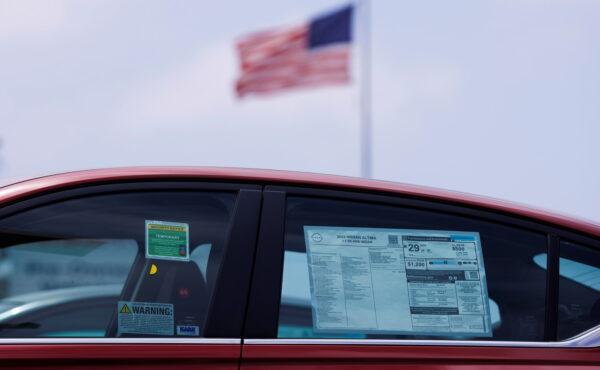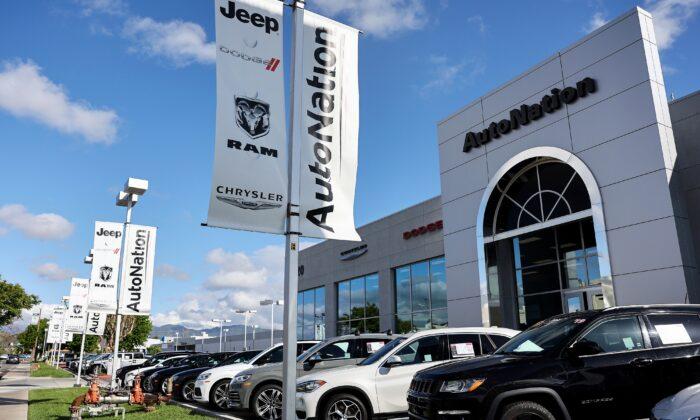The auto sector, which had been struggling with depleted inventories during the pandemic, is now dealing with a sales crisis.
Car sales have been softening this year because of inflation, weak consumer confidence, and growing concerns about the economy.
Despite the fact that cars have become more widely available with supply chain bottlenecks easing, a rise in interest rates has countered demand.
Available U.S. car stocks rose 160,000 to about 1.43 million units at the end of September, the highest level since May of last year, according to Bank of America.
However, many Americans are not able to afford new cars at this time, due to high borrowing rates and gas prices.
Household budgets have been under pressure all year due to 40-year high inflation rates, which have overtaken most wage gains.
Interest Rate Hikes
The Federal Reserve’s aggressive interest rate hikes to fight inflation have had an additional negative effect on sales after the policy caused car loan rates to skyrocket on top of already elevated vehicle prices.The central bank since March has raised interest rates from near-zero to 3 to 3.25 percent.
It appears that Fed policymakers have no intention of slowing down until the fed funds rate hits 4.6 percent in 2023, in order to lower inflation to its 2 percent target rate.
As a result, vehicle loan rates hit 7 percent at the end of September and are now up 2 percentage points for the year.
Meanwhile, the rate of price increases for new vehicles has slowed down since the first half of the year, after prices in the auto sector rose to double digits.
Cox Automotive said that it lowered its new vehicle sales predictions for the year to 13.7 million, down from 14.4 million, due to the borrowing rates.

According to Cox Automotive, the rising cost of newly made cars is pushing more buyers into the used vehicle market.
The auto magazine’s Manheim Used Vehicle Value Index, which tracks prices of used vehicles sold at wholesale auctions, fell about 13 percent through September after hitting its peak in January.Wholesale auction prices had their first year-over-year drop in August since May 2020, at the height of the pandemic.
Although used vehicle prices have been declining, they have also been affected by the increase in interest rates, with loan rates in that category rising by 11 percent.
Automakers have the option to offer financing deals and discounts in order to offset costs, but they have already made it clear that they are unlikely to cut vehicle prices anytime soon, reported Cox Automotive.






Friends Read Free